Those in a market for a business jet have plenty of choices among dedicated bizjet designs, but how good is an airliner in the same role?
The luxury jet has come a long way from the days of the first Learjet in the early 1960s. Now, there are such aircraft of all shapes and sizes, to cover a variety of needs – and budgets. And at the upper end, there are a lot of airliner designs that often fulfill the bizjet role. But how good are these aircraft at doing this?
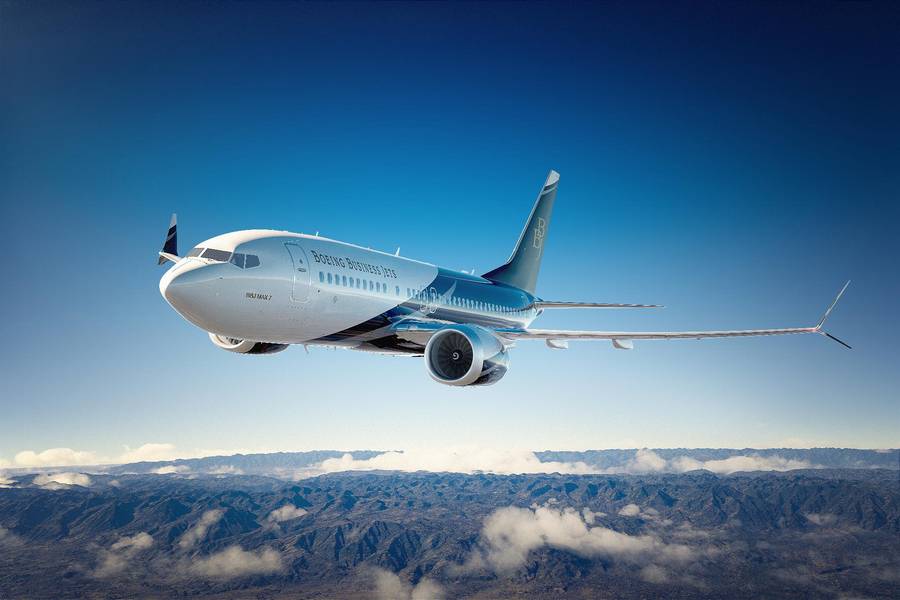
Both Boeing and Airbus will happily sell you an airliner in a bizjet configuration. And they’re not fussy, either; they will happily configure ANY model in their range as a corporate jet for you. For the right price, obviously. But as with everything else, jets built for one purpose, may or may not work well in a different one.
Evaluating a bizjet is tricky – the requirements aren’t really the same as those of an airliner. Factors like efficiency and capacity may be relevant, but most likely of a lower priority. However, there are some factors we know ARE important, like range and speed. And of course airliners vary in these terms, too.
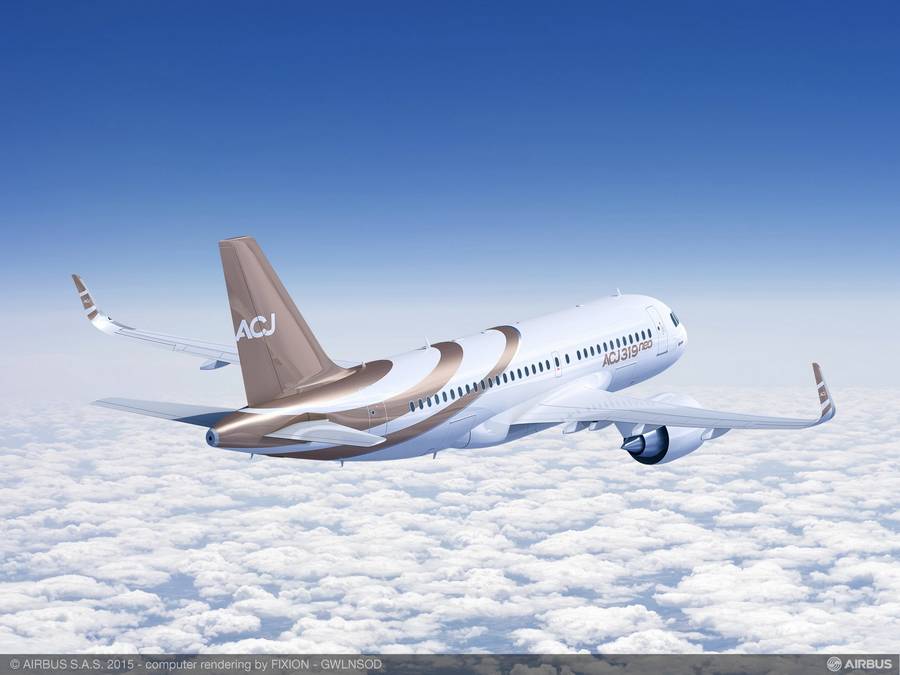
Nonetheless, the above calls for an unusual disclaimer: the author is NOT a millionaire or billionaire. So, this article makes some assumptions about the considerations and/or priorities that are large in the minds of people that would buy these jets. Also, it’s worth remembering here that a lot of what many call ‘private jets’, are in fact ‘business/corporate jets’. It’s not just the ultra-rich that own them; many belong to companies that cater to the ultra-rich.
Airliner Vs Bizjet Features
For the sake of simplicity, we will look at how a single-aisle airliner compares to a couple of popular bizjet choices. Yes, there are many widebody corporate jets out there. But they tend to be the exception rather than the rule. Or in many cases, their users are government or military customers. Also, we will ignore the smaller business jets and turboprops. That’s simply on the assumption that those contemplating getting them, likely won’t also consider an Airbus or Boeing.
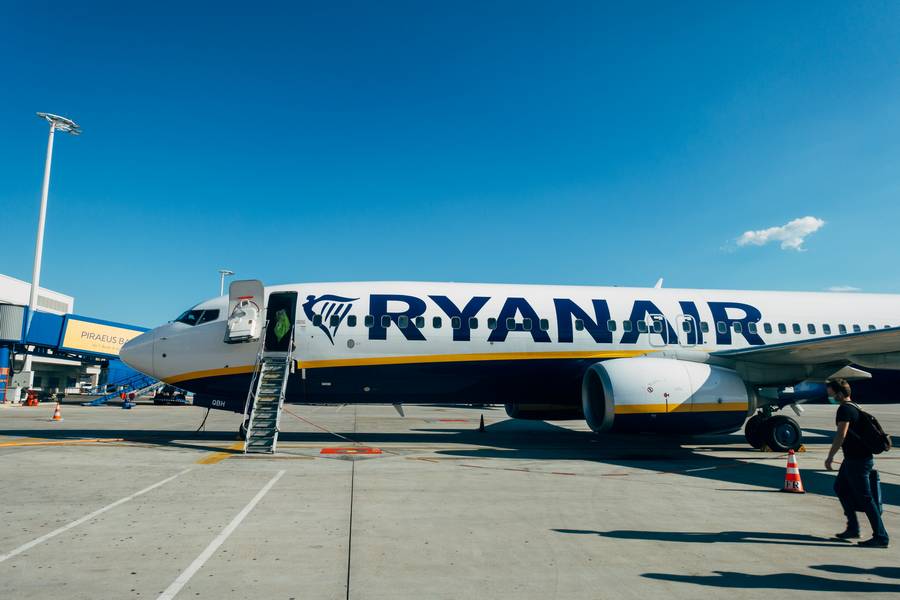
There are some features that a bizjet has that an airliner also needs, to fulfill the same role. Airstairs are an obvious example. Anything to make ground handling simpler, will help. Fortunately, some airliners do come with airstairs, in some form. Among the two most popular single-aisles, the Boeing 737 has always had airstairs as an option. And in theory, the same is true of Airbus’ A320 family.
That’s right: Airbus has always been able to put airstairs on the A320. However, the higher height off the ground of the Airbus cabin, means that the stairs had to be longer. And heavier. So in practice, hardly anyone ordered them. But predictably, this unpopular airliner choice is standard for the bizjet version of the A320 family. Airbus calls this the ACJ320, for “Airbus Corporate Jet”. Also, there are companies with STCs for retrofitting airstairs, to these and other aircraft.
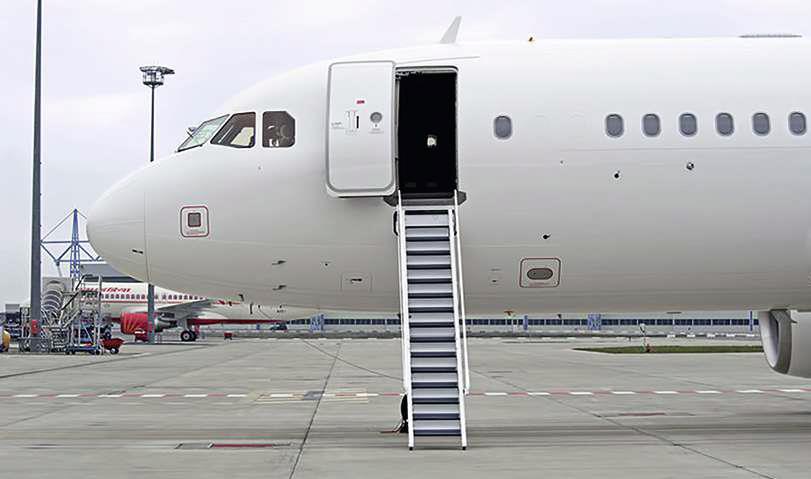
Getting The Necessary Fuel
Then there is the hold. Many airlines are keen to charge us dearly for checked luggage today, causing a drop in demand for hold space. But the airliners still need the space for luggage. Plus, they can always make a bit extra, by carrying some cargo there. But a bizjet version of an A320 or 737 airliner will likely only carry 20-25 people. With all the will in the world, they can’t possibly need all this space.
However, these 20-25 people may need the bizjet to travel further than a typical single-aisle airliner. So extra fuel would be nice, and hold space is very handy for that. Airbus may fit one or (rarely) two Auxiliary Centre Tanks (ACTs) in their passenger A320s. For the ACJ319 or ACJ320, they can fit up to five ACTs. And these tanks fit through the cargo doors, so they can be removed if necessary. But there is still some luggage space, even with all five of them.
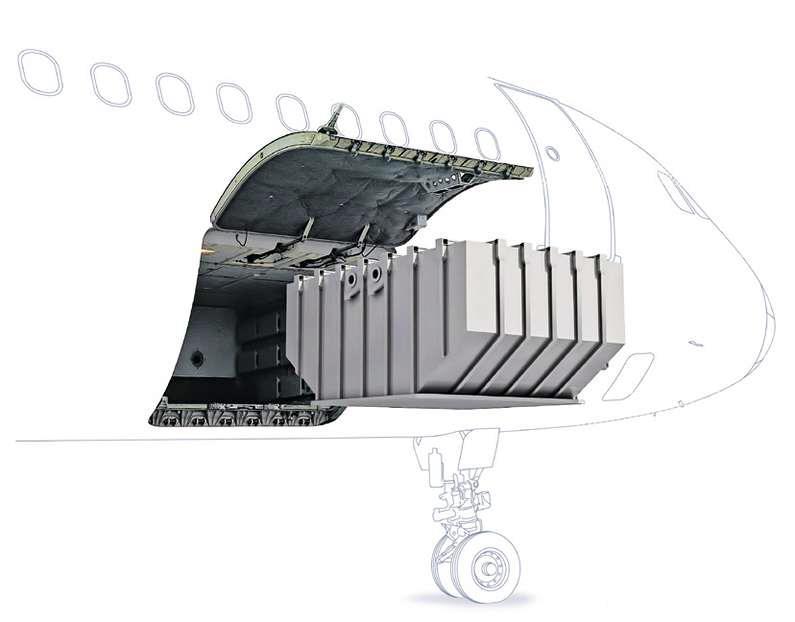
Likewise, Boeing can fit up to nine smaller auxiliary belly fuel tanks in the BBJ versions of the 737. ‘BBJ’ stands for Boeing Business Jet’. The manufacturer first offered a version of the 737-700 for this role. But eventually, the 800 and even the 900 later entered the fray, too, and now they offer BBJ 737-7/8/9 aircraft. No word on the 737 MAX-10 yet!
Can The Airliner Bizjet Take The Pressure?
Another issue is pressurization. Dedicated corporate jet designs keep their cabins pressurized at a lower altitude, for passenger comfort. Adapting airliners to the same standard (6,500ft) as bizjets IS possible. But it comes with negative effects. Boeing can certify the 737BBJ to a 6,500ft cabin altitude at max cruise (41,000ft). However, this reduces the lifetime (in pressure cycles) of the airframe, to almost half. A higher differential pressure is easier to do on smaller-diameter cabins, because they are structurally stronger.
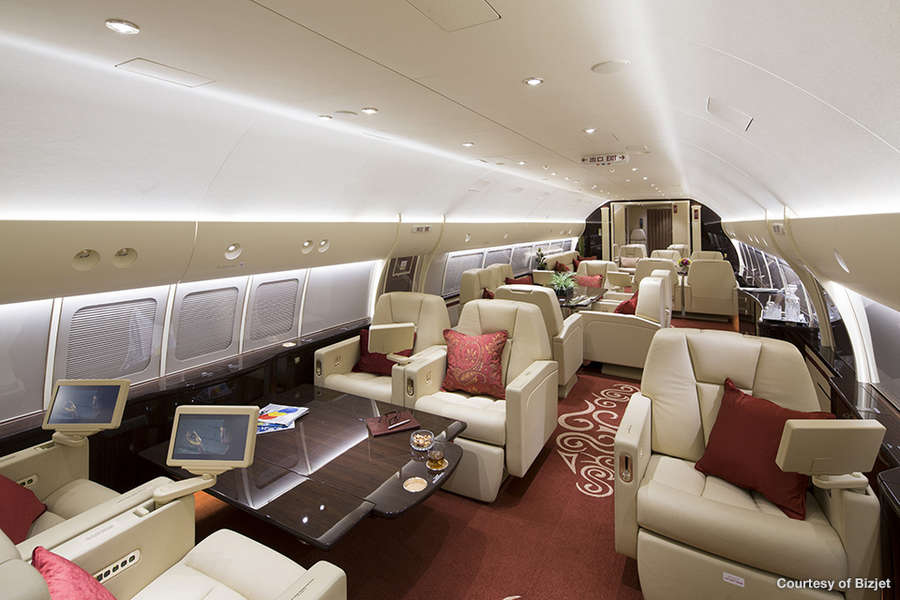
Speaking of size, it definitely matters when it comes to parking. Compared to a bizjet like a Gulfstream 650/700, a 737/A320 airliner has around 5 metres (16ft) more wingspan. So these smaller but comfy jets need a smaller (and cheaper) parking space, than your very own private 737/A320.
And smaller also means more frugal, when it comes to fuel. An airliner like the 737NG has OVER TWICE the fuel burn per hour of a Bombardier Global 6000 bizjet. Operating costs for the latter (including maintenance) say a similar story. This is despite the fact that maintenance of an airliner’s CFM engine, is a bit cheaper than that of a smaller, purpose-built bizjet engine. If that seems strange, think ‘economies of scale’.
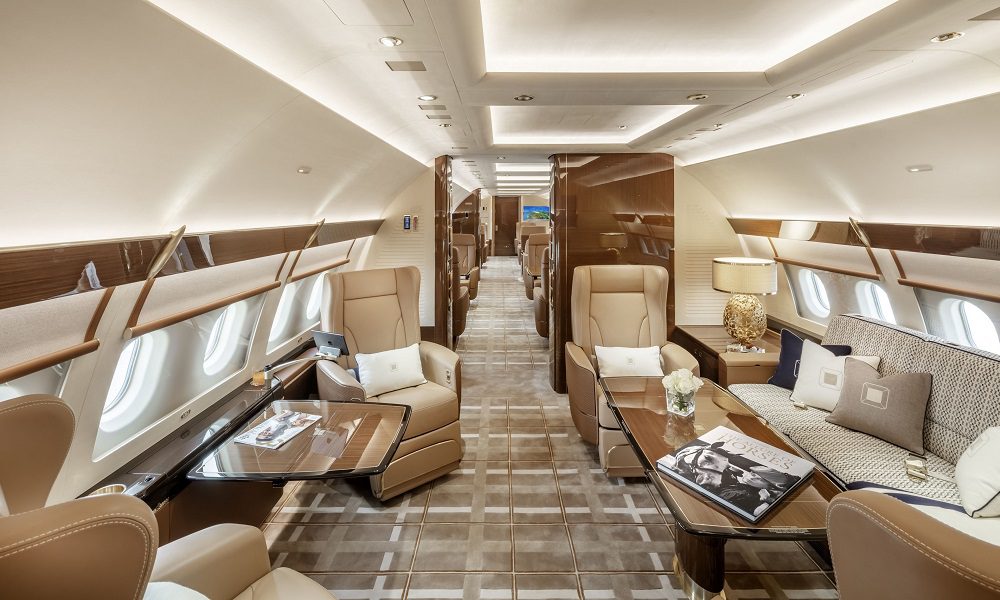
Yes-yes, we know: those who can afford a BBJ or ACJ, can probably afford to fill it up with fuel. And they can likely deal with its parking and service bill, too. The comfort in the big jets must matter more. The cabin width of a 737 is 3.54 metres (11’ 7”). A Bombardier Global Jet (any one) is 2.41 metres (7’ 11”). A Gulfstream is a tad better, at 2.49m/8’ 2”. And the Airbuses are a bit wider than the Boeings…
The Need For Speed
However, those who can afford such a plane, and plan to travel far with it, are likely in a hurry. And this is where using a single-aisle airliner as a bizjet, gets a bit awkward. These bigger jets are designed for maximum efficiency, at short/medium-haul trips. Their manufacturers did not prioritize speed, as a result. So, both the A320 and the 737 family cruise at Mach 0.78-79. They can go a bit faster (0.82-ish), but their wing design limits them from even higher speeds.
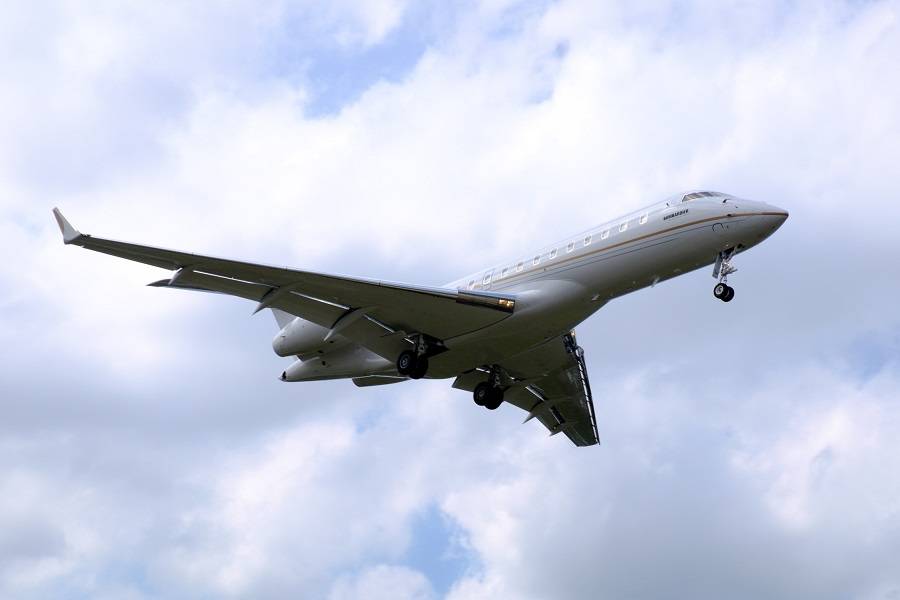
Both the Gulfstream and Bombardier Global bizjet fleets comfortably beat their airliner competition. They start at Mach 0.85, as an economy cruise, and can handle Mach 0.88 (Global) or 0.90 (Gulfstream) if necessary. Really, they fly at widebody airliner speeds – or a bit faster. This is because they have wings with a higher sweep angle. And of course the smaller frontal area helps a lot!
Also, they fly much higher, at 51,000 feet. And depending on the number of those extra tanks in the big jets, the smaller planes likely fly further, too. These are factors that could turn off a prospective bizjet buyer, from the bigger airliner-based options. But that really depends on the kind of use they plan to get out of it. And even speed may not be as important as another factor: utilization.

Bizjet Vs Airliner Flight Hours
An airliner will typically spend its lifetime mostly in the air (pandemics-permitting). That’s a double-digit number of hours per day, every day. But depending on who owns them, most business jets do between 150 and 800 flight hours per year! That’s 1/15th the hours (at the most) of your typical single-aisle airliner. And by the way, this means that reducing the lifetime of the airframe by half with a higher pressure differential, isn’t as big a problem as it first sounds…
You may have seen a recent story, that the US Air Force decided not to replace its Boeing 757/C-32 fleet. The jets are 22-30 years old. However, they’re basically flown like business jets. We don’t know their flight hours, but they’re likely no more than those of the average 5-year-old airliner.
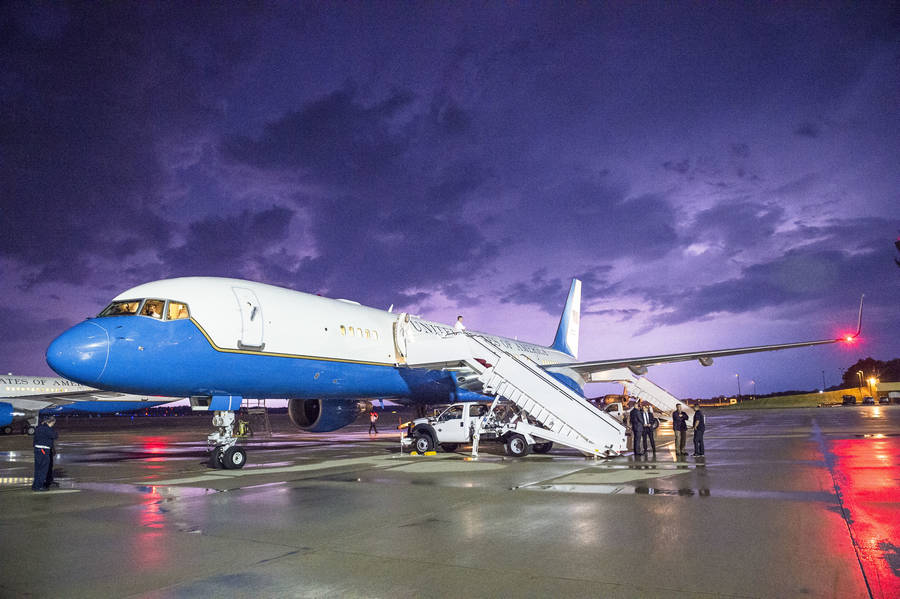
These low hours also mean that a hit in fuel efficiency isn’t as bad. Resale value of the planes can be rather good: remove the auxiliary tanks and the bizjet is an airliner again. One with low hours, too. But it is worth pointing out that the design of purpose-built business jets, takes this low utilization into account. And this could mean that it is easier to maintain them, when they’re sitting idle. The same might not apply as well to the passenger-derived types.
So, which is better, a dedicated bizjet design or an adapted airliner? Again, we don’t have the first clue. We can outline some factors favouring one or the other option, all day. But we can’t really get in the brain of the people why buy and/or use them. For all we know, the deciding factor could range from speed, to the possibility of having a walk-in shower!



